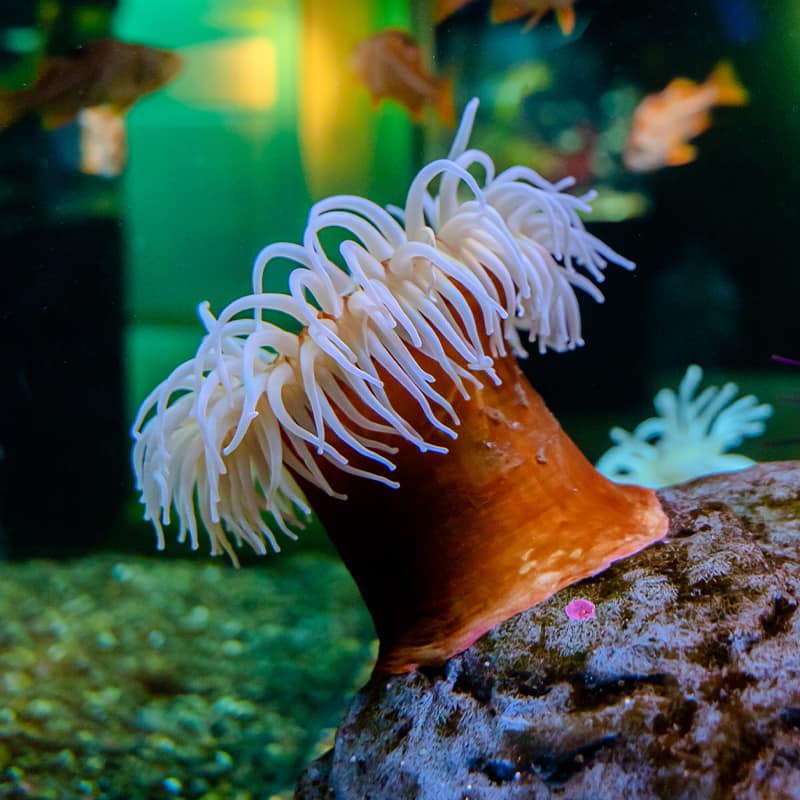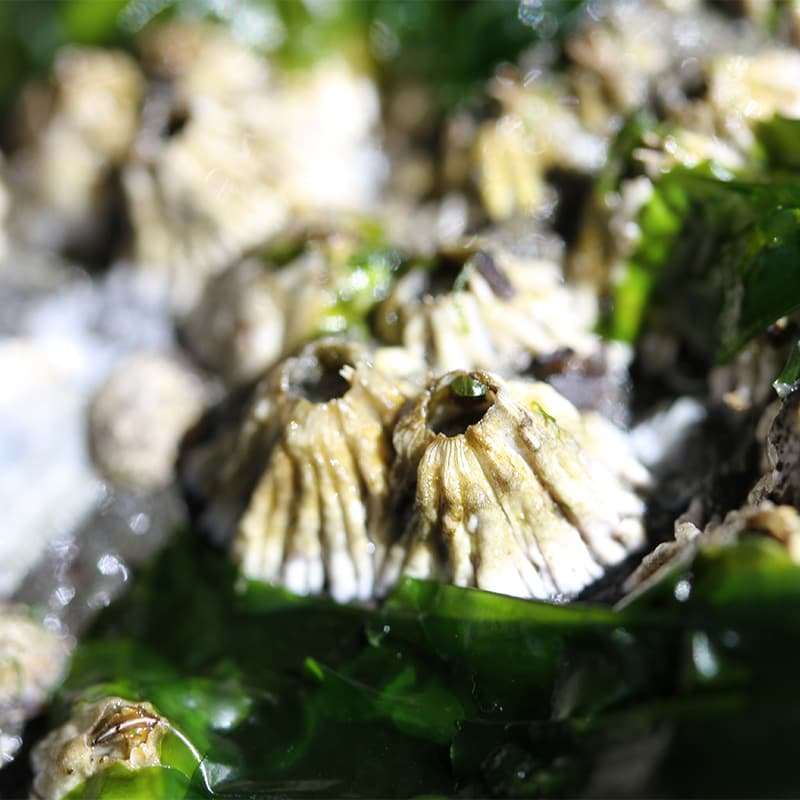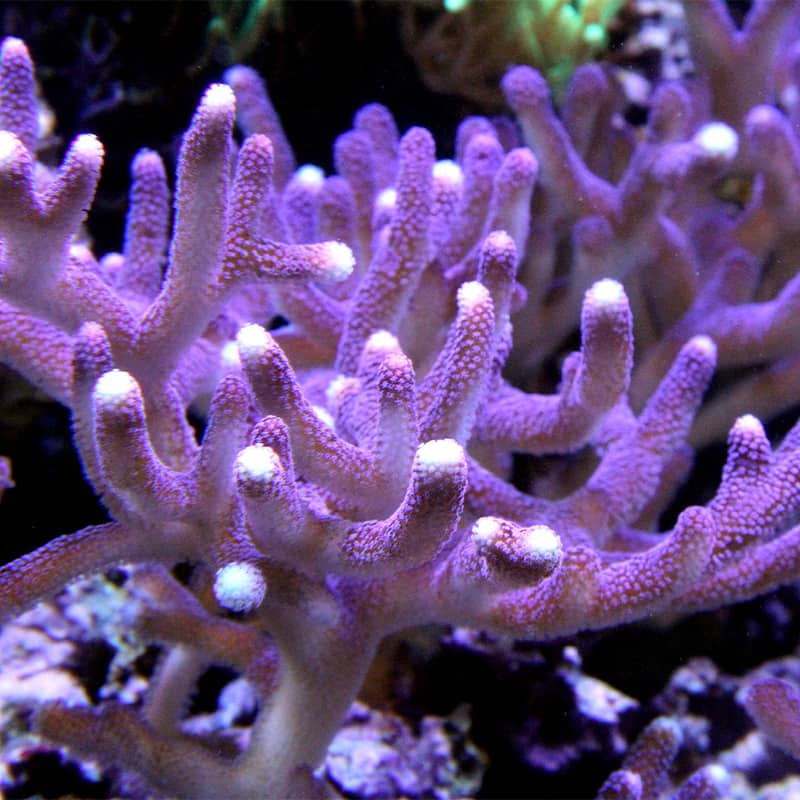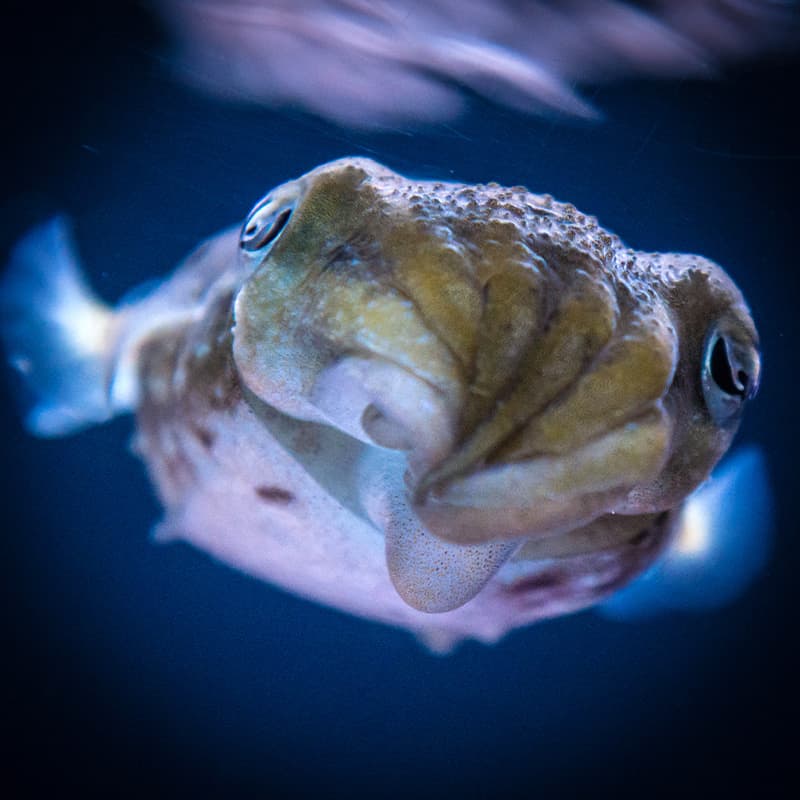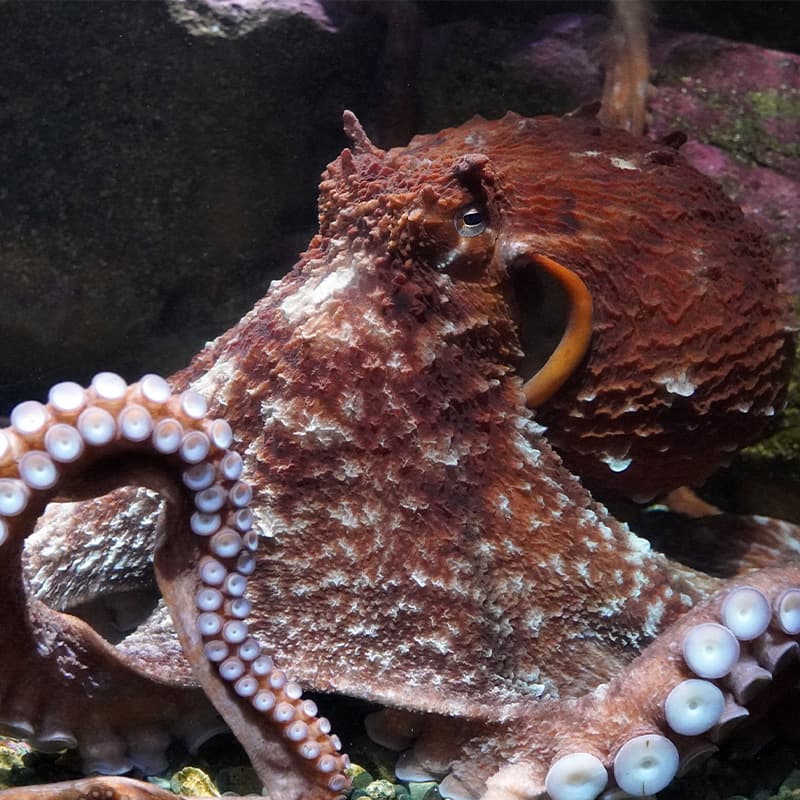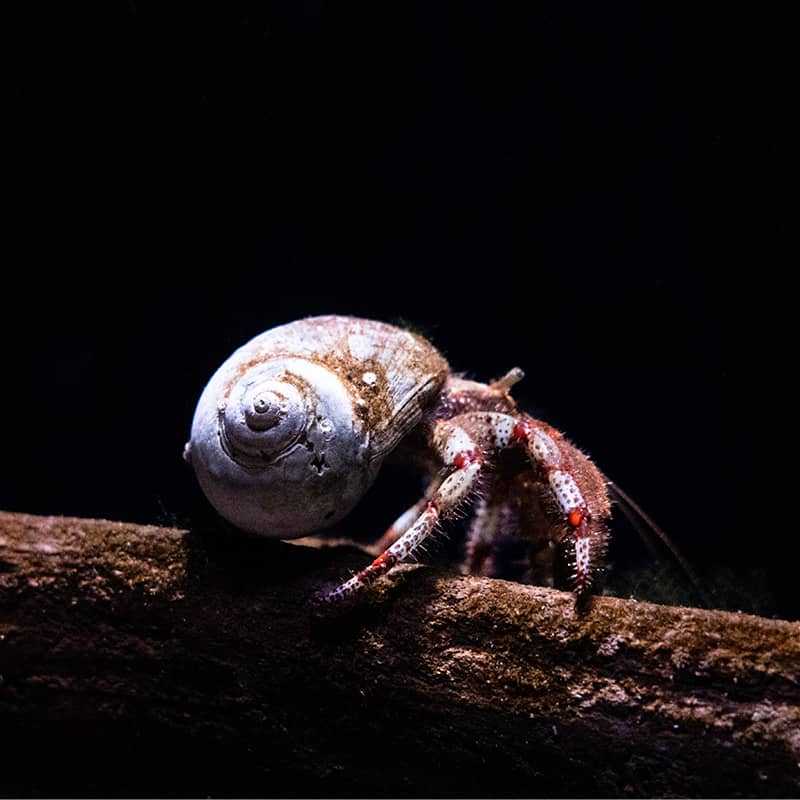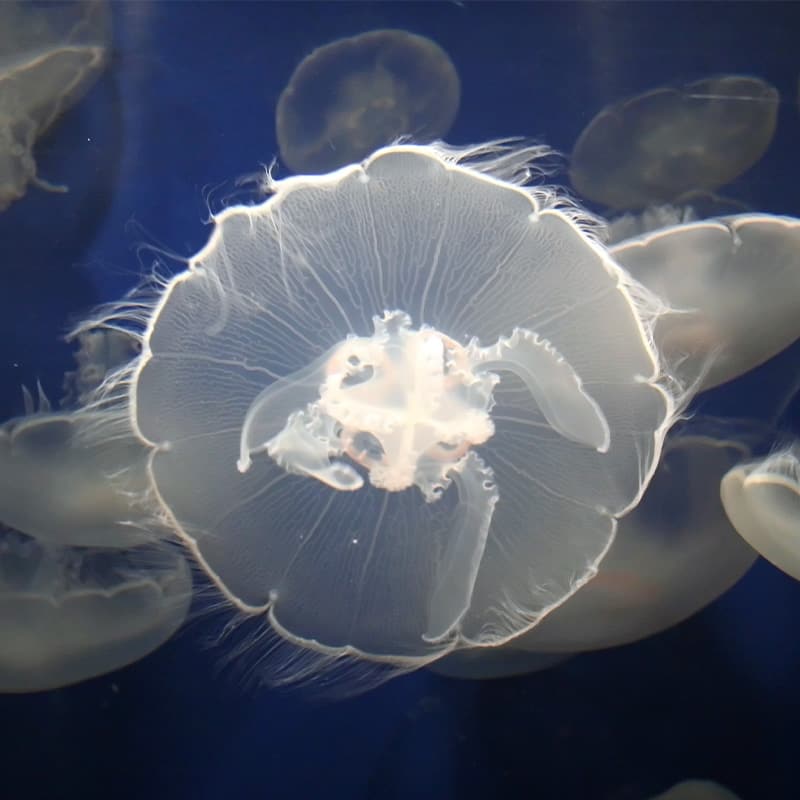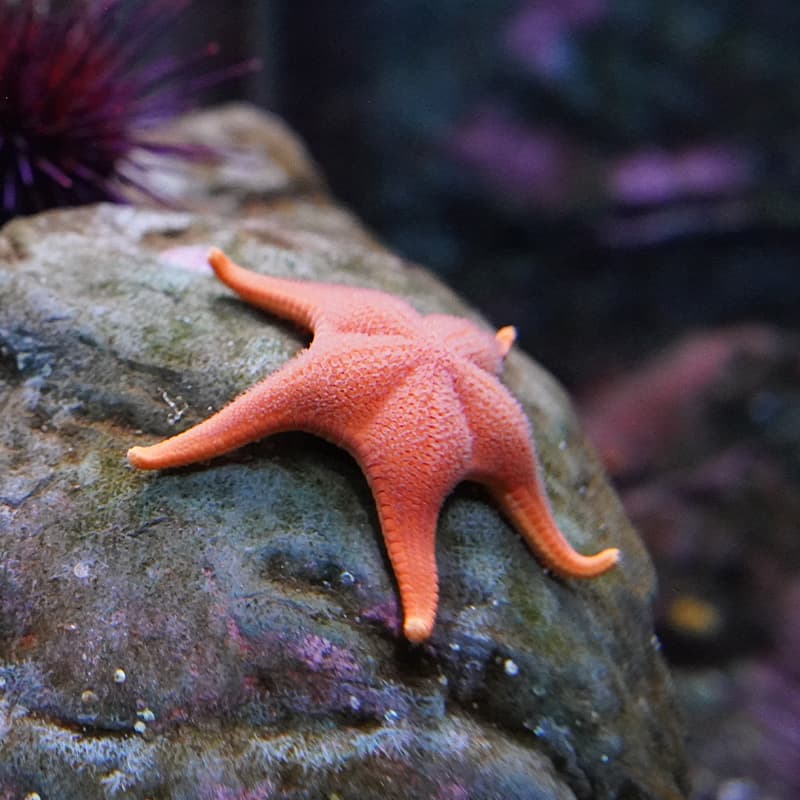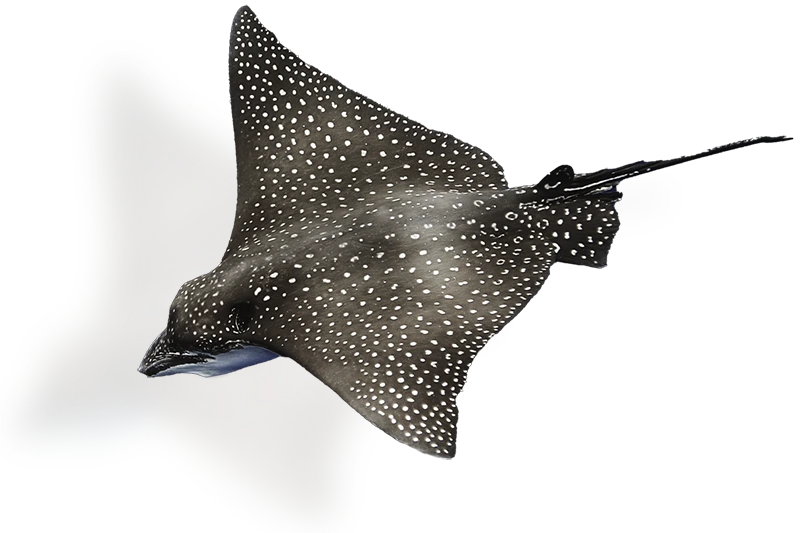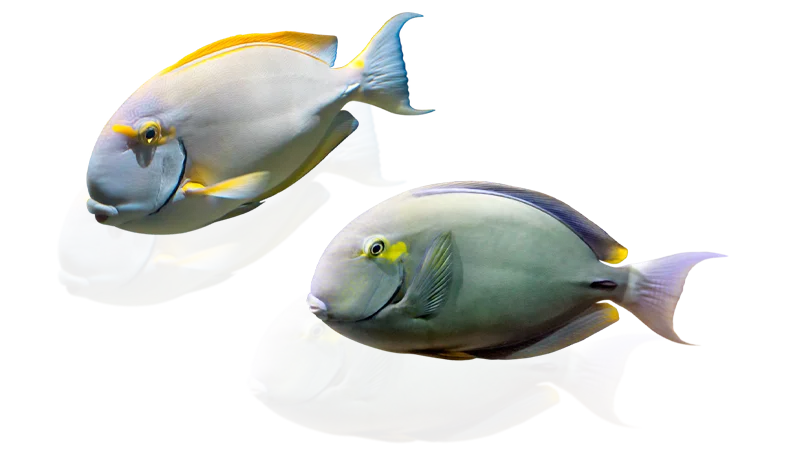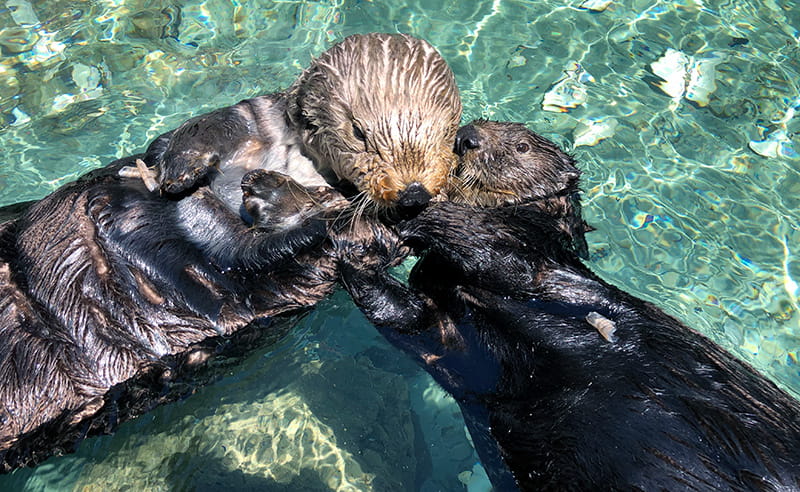- Invertebrates
Basket star
Basket’s my name, catching prey is my game
Basket stars are perfectly named: they can extend their many arms into the current to form a wide “basket” and capture their next meal. With all arms extended, basket stars may reach a diameter of up to 4 feet! Keep reading to learn more about these amazing echinoderms.
At the Aquarium
- Puget Sound Fish, Pier 60

Aster
Get to know Aster, the basket star in our care at the Seattle Aquarium! Fast fact: aster means “star” in Greek.
Can you count how many arms Aster has? Visit our Puget Sound Fish habitat to give it a try!
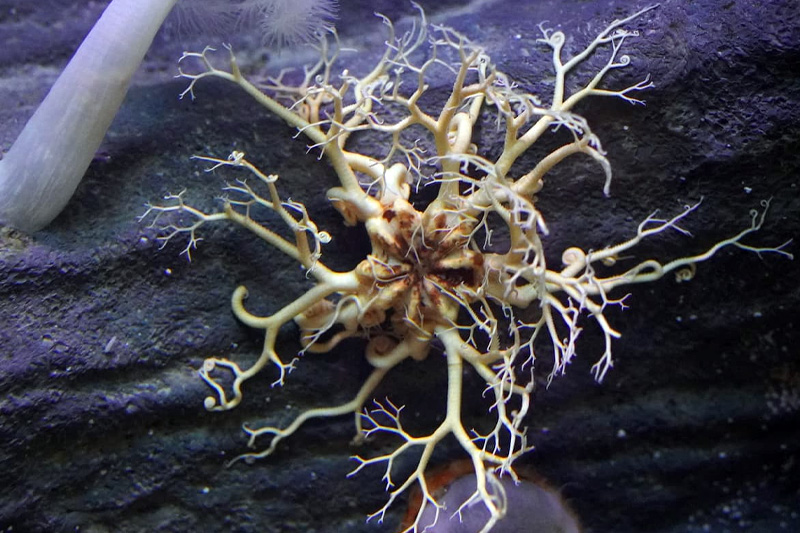
Wait...echino-what?
Basket stars are echinoderms (pronounced uh-KAI-nuh-durmz). These marine invertebrates, meaning animals without backbones, belong to the phylum Echinodermata and are characterized by a hard, spiny covering or skin. You can see, learn about—and even touch!—echinoderms including sea urchins, sea cucumbers and sea stars in our Life on the Edge tide pool habitat. Want to see a basket star up close? Head to our Puget Sound Fish habitat!
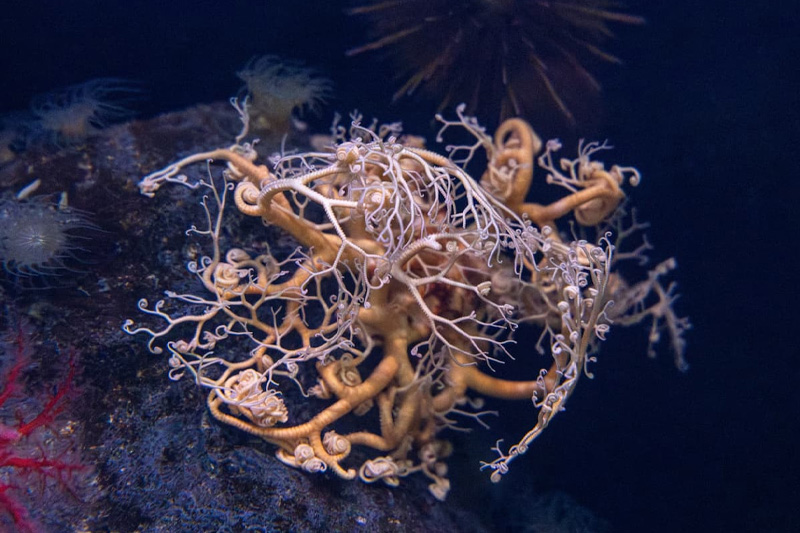
An animal with global appeal
Basket stars are found all over the world, in the coldest areas of the ocean at depths up to 6,200 feet, as well as in warmer, tropical waters at about 30 feet below the surface. The species in our care at the Seattle Aquarium, Gorgonocephalus eucnemis, is found in the Pacific Ocean from the Bering Sea to southern California, parts of the Arctic Ocean and the North Atlantic Ocean. Here in our local waters, basket stars tend to make their homes at depths ranging from approximately 50 to 500 feet.
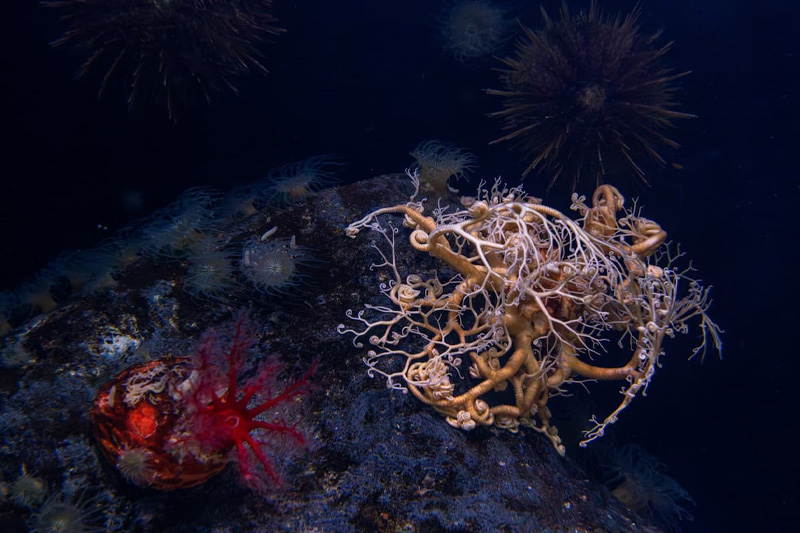
Five is the magic number
All echinoderms have a central disc, or body, with five arms, or rays. A basket star’s central disc can be over 5 inches in diameter and is home to its internal organs and mouth. It’s where those five arms extend from the basket star’s body that things quickly get interesting. The arms branch out, and then branch out again and again, forming a dense network that’s similar to some trees on land. When basket stars are threatened by a potential predator, they can wrap their many arms around their bodies, forming a tight ball.
All spread out and ready to eat
When on the hunt, basket stars unfurl and uncurl their arms—each lined with a series of hooks and spines—and wait for the current to deliver a meal in the form of plankton and animals such as juvenile shrimp, jellies and krill. After a successful capture, basket stars use their arms to wrap the prey in strands of mucus, then employ their tube feet to slowly transport the food to their mouth (on the underside of their disc). Basket stars don’t poop, as such: they don’t have an anus. Instead, they expel any remains from their mouth after digestion is complete.
Going strong—but they still need some help from their friends
The good news is that basket stars aren’t listed as endangered or threatened. The less-good news is that they can still be negatively impacted by fishing gear, seabed mining and climate change. What’s the common denominator there? You guessed it: human activity. You can make a difference for basket stars and their neighbors in all kinds of ways, both individually and collectively. Visit our Act for the Ocean webpage to learn more!
Quick facts
These invertebrates catch their prey by forming a wide “basket” with their arms.
Certain basket stars can live up to 6,200 feet below the ocean’s surface.
Basket stars don’t poop! Instead, they expel remains from their mouth.
